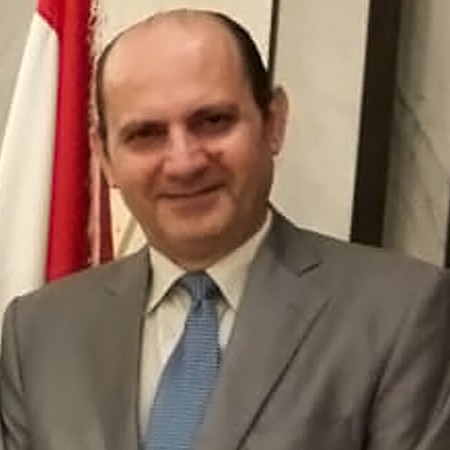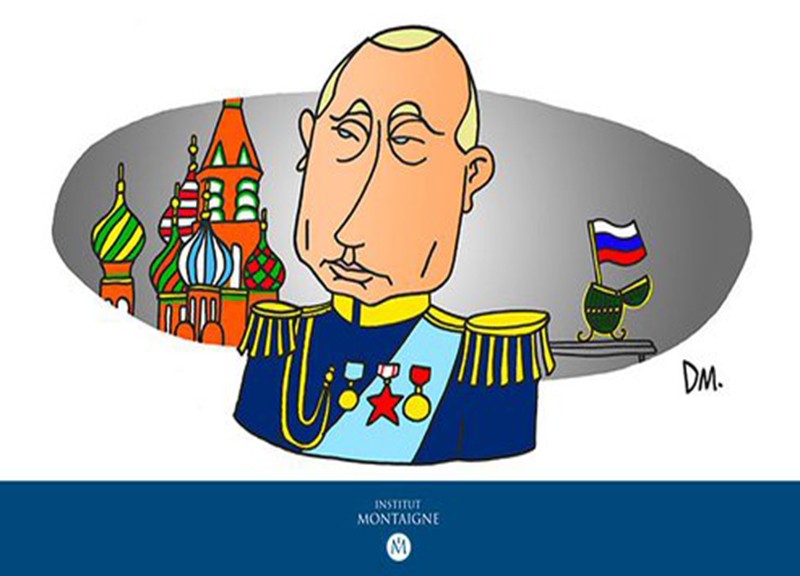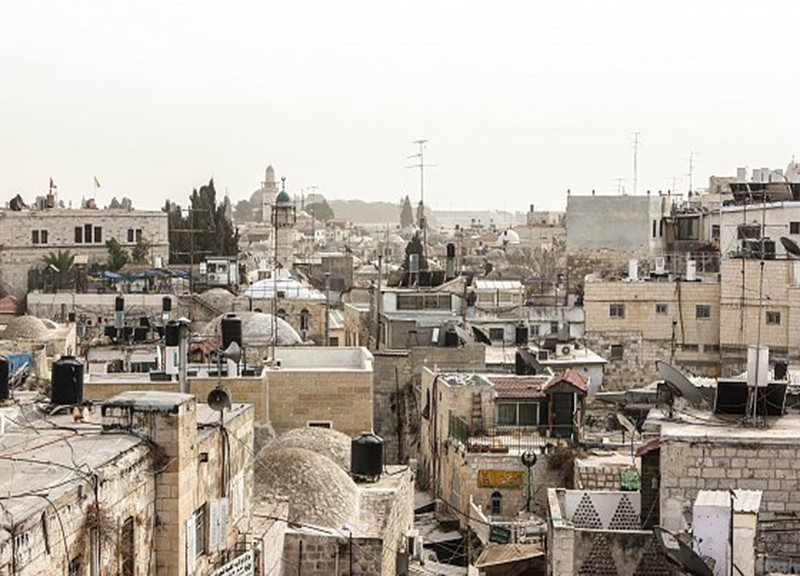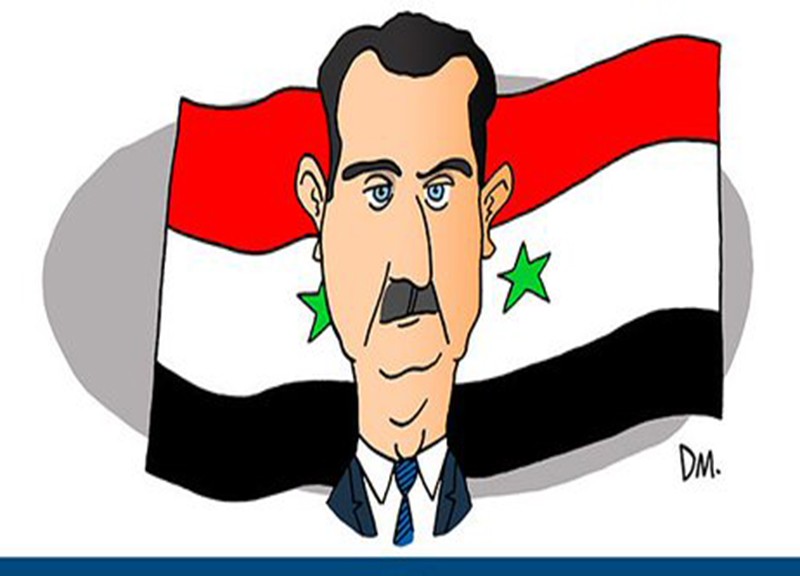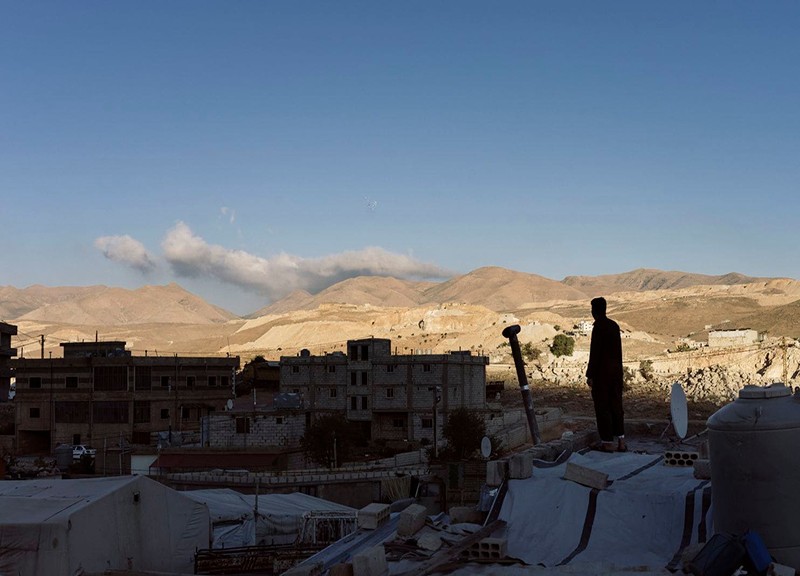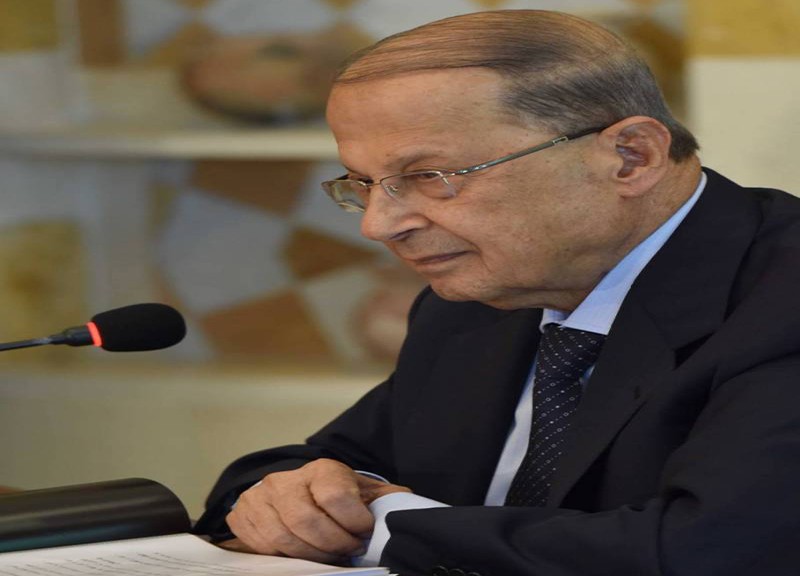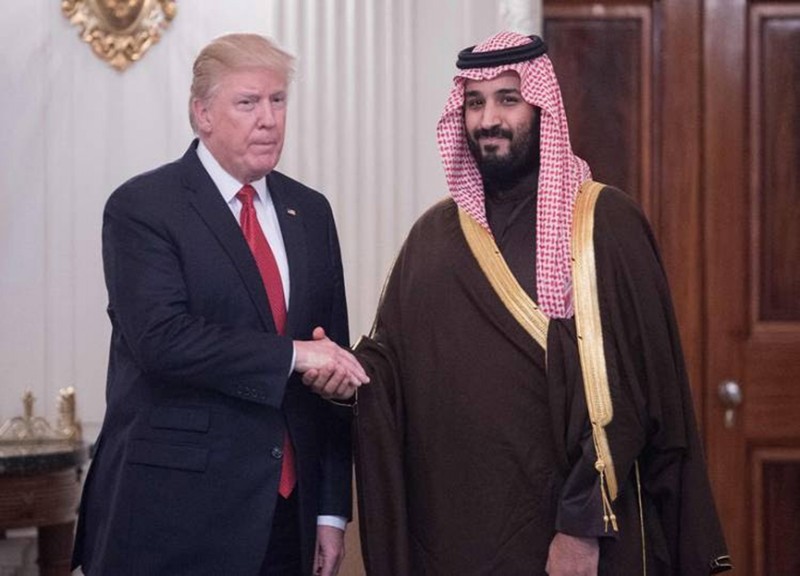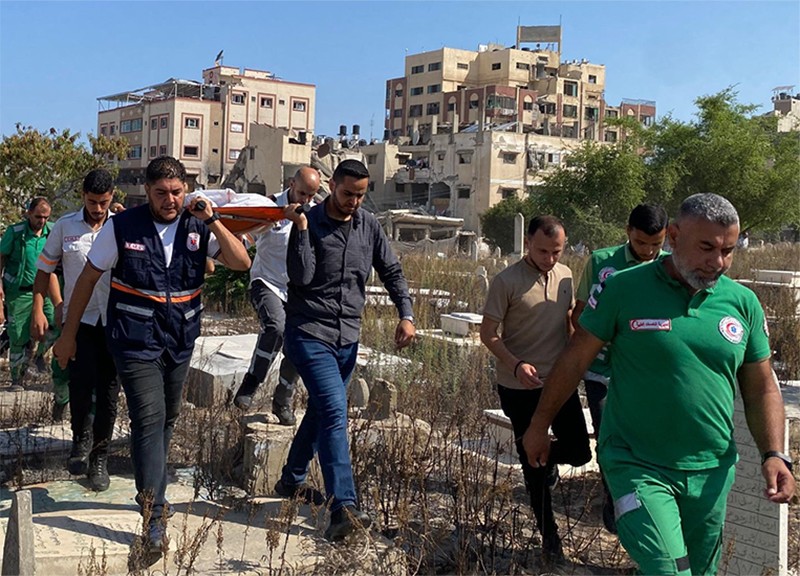
As Israel prepares to finish intensive combat in Gaza, it still lacks a plan for governing Palestinian enclave
By Stephen Kalin and Anat Peled, WSJ
As Israel nears the end of major combat operations in the city of Rafah, its leaders are preparing for an extended counterinsurgency campaign that would reduce the number of troops tied down in Gaza but could still leave the enclave mired in violence and instability.
The Israeli military is expected to maintain a presence along Gaza’s borders and two key corridors. Shifting to lower-intensity operations could spring some troops to reinforce Israel’s northern border, where there is an increasing threat of wider hostilities with Lebanese militant group Hezbollah.
“It will free up the highquality maneuvering formations, the armored divisions, the regular infantry brigades and heavy load of air reconnaissance and ready-strike assets,” said Assaf Orion, a retired Israeli brigadier general who served in the planning directorate of the Israel Defense Forces. He is now a senior researcher with Israel’s Institute for National Security Studies.
Israeli Defense Minister Yoav Gallant, in Washington to meet Biden administration officials, told U.S. special envoy Amos Hochstein on Sunday that the transition to the next stage in the fighting would “impact developments on all fronts,” hinting at the possibility of an escalation on the border with Lebanon. Hezbollah, also backed by Iran, is a far more formidable military foe than Hamas.
“Israel is preparing for every scenario both militarily and diplomatically,” Gallant said.
The Israeli military said the first stage of the war prepared for a ground invasion of Gaza, after the Hamas-led attacks in Israel on Oct. 7 that Israeli authorities say killed 1,200 people, most of them civilians, and took more than 240 hostages. More than 37,000 Palestinians have died in the ensuing fighting, also mostly civilians, according to Palestinian health authorities. The figures don’t say how many combatants were killed.
The second phase is the continuing ground operation that seeks to dismantle Hamas’s armed forces and military infrastructure and make it unable to govern Gaza. The third would effectively be counterinsurgency type operations with smaller scale raids and strikes.
Prime Minister Benjamin Netanyahu said Sunday that the transition would happen “very soon.” Israeli Chief of Staff Herzi Halevi also indicated that the Rafah operation was nearing its completion as part of the high intensity stage.
Gallant has previously said that a prolonged phase of raids would eventually give way to a plan for stabilizing the strip. Israel, however, hasn’t articulated such a plan or signed on to a U.S.-led effort to craft a solution for governing Gaza. The coming shift in military tactics isn’t likely to close that gap. Tahani Mustafa, senior Palestine analyst at the International Crisis Group, said Israeli strategy will shift from “attacking then moving on” to “garrisoning Gaza”—using a military presence to blockade the enclave with occasional spikes in activity wherever Hamas tries to re-establish itself as a governing entity.
“At best we’re looking at dysfunctional governance run by aid organic she said.
The focus of Israeli military operations is now in Rafah. Much of Gaza is already in the third phase.
The winding down of intensive operations puts more emphasis on advancing day-after plans, State Department spokesman Matt Miller said. “We don’t want to see what we’ve seen in Gaza City and what we’ve seen in Khan Younis, which is the end of major combat operation and then the beginning of Hamas reasserting control and reasserting activity in those areas,” he told reporters in Washington on Monday.
Nisreen Ahed, 30, who is in Gaza City in the north of the strip, said airstrikes intensified in the past three days “just like the first days of the war.”
“You’ll see a raid or an incursion into an area we’ve been in before,” said Orion, the retired Israeli brigadier general. “A lot depends on the recuperation and resurgence patterns of the enemy, our ability to identify them and go after them.”
In an interview with Israeli media on Sunday, Netanyahu said that he opposed a ceasefire agreement that would end the war before Hamas was destroyed. Netanyahu walked back his comments in a later statement emphasizing that he was still committed to a cease-fire plan presented by President Biden in May.
On Monday, the Hostage Family Forum, an advocacy group, released new footage of the abduction of three hostagesn Oct. 7 from the Nova music festival. It was excerpted from a Hamas video uncovered by Israel’s military. The forum called for a deal to release the remaining 116 hostages, at least 42 of whom Israel has confirmed dead.
With a transition to lower intensity fighting, Israel is expected to keep troops along the Netzarim Corridor, a route bisecting Gaza built by the Israeli military to facilitate rapid movement of troops through the enclave, and the Philadelphi Corridor, a strip of land along the Gaza-Egypt border where Israel says Hamas did the bulk of its weapons smuggling into Gaza.
The more than two million civilians in the territory, many displaced from their homes multiple times, will continue to struggle.
Israel’s war effort has been hampered by the lack of a plan for how to stabilize the enclave after suppressing Hamas’s fighters. Netanyahu has rejected calls from Israel’s international partners, including the U.S. and key Arab countries, for a reformed Palestinian Authority to run Gaza.
“There will be continual military control and demilitarization by the IDF, but the question is if we want to establish a civil administration if possible with locals, maybe with backing from countries in the region, so that they can deal with handing out the humanitarian aid and then afterwards expand its responsibilities of civil administration of Gaza,” Netanyahu said in the interview Sunday.




